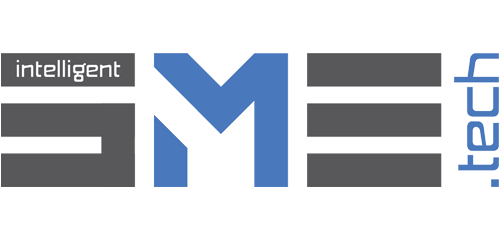CareLineLive is a UK homecare software company which produces revenues of over £3.5 million and has 42 staff. Its clients are agencies which provide carers to people at home. It means they arrive at a person’s home with all the medical and personal information they need to do their job. CareLineLive’s CEO, Josh Hough, explains how a big part of the company’s toolkit comes from the Atlassian suite of software, which contains tools including Jira and Confluence.
CareLineLive’s CEO, Josh Hough, was born with a rare muscle weakening illness and spent much of his early life in a wheelchair. Doctors doubted he’d ever be able to have a career, let alone run a global business. He’s proved them wrong and, today, CareLineLive’s app is used by carers from over 600 agencies. It means they arrive at a person’s home with all the medical and personal information they need to do their job.
Hough said: “I’ve always had a desire to change things, even from a young age. When I was visited by medical professionals as a young child, I hated having to endlessly repeat myself and educate them about my condition. Our software means patients don’t need to do this. It’s a lot more efficient.”
The challenge: Joining all the dots and ensuring collaboration takes place
The major challenge for CareLineLive is connecting all the relevant parties together. Its application joins up everything in a homecare business, from patient notes and visits to invoicing and staff rotas. Family members can access relevant information so they know what’s going on. But also, critical healthcare professionals like ambulance drivers can access such information, via a one-time access route.
To achieve this, Hough needed his staff to be excellent collaborators too. This was a challenge as many of his team are in different locations and even time zones, so the company needed excellent communication channels. Furthermore, in order to keep CareLineLive cutting-edge, the software would need regular updates, many of which would be inspired by customer feedback.
“There’s a constant feedback loop taking place. We build the software, customer data and feedback comes back, updates take place and, of course, this needs to be communicated back to the customer. Communication and collaboration is critical to what we are doing,” said Hough.
Collaboration is also essential with regulators in charge of industry compliance. Hough has always pushed for CareLineLive to be right at the forefront as it opens doors to the biggest customers, such as the NHS. Cybersecurity and patient data security are major issues and so the company has chosen to comply with standards such as ISO 9001 and 27001 and Cyber Essentials Certified Plus. CareLineLive is also a Professional Records Standard Body Quality Partner and an NHSx assured supplier.
CareLineLive’s most recent product update included an integration with GP Connect which means its clients can gain sight of users’ GP records.
Hough said: “There were many months of development work and collaboration with the team at NHS England. But the result is that, now, carers can be far more involved in the management of medications and view other aspects of medical records, which is better for the patient.”
The tools
Hough says collaboration on this scale and dealing with this complexity is only made possible with really good software tools. A big part of the company’s toolkit comes from the Atlassian suite of software, which contains tools including Jira and Confluence.
“We use Jira as a project management tool, which helps us keep track of our own software development and processes. We use it for the entire development journey from design, coding, testing and development and release and then all the various improvements of UI/UX or, if necessary, bug tracking,” Hough said.
Hough says Jira provided him with the necessary oversight he and his management team need to make decisions and support his team.
He added: “When you’re working on a complex project with multiple people being involved, it’s very easy for bottlenecks to emerge and to go unnoticed. Jira provides the oversight so we know who is working on what and where a stoppage might have appeared.
“It also shows where collaboration and connections are going to be needed and all the essential things you need to know so you can manage the project and deliver it on time.”
Another part of the Atlassian suite which CareLineLive uses is the workspace software Confluence. Hough says it is effectively an ‘internal wiki’, where the company’s policies, reports and documents are held and worked on.
“The fact multiple people can collaborate live on the same document means the entire team is always up-to-date with any policies and procedures. It is also a place where they can find solutions for problems,” Hough said.
As the business has grown more structured, communication has been put in place internally to keep teams on track and enable staff members to stay in the loop. Software such as Teams and Slack are staples of the company’s internal comms. Another essential tool is the company’s choice of customer relationship management software, Hubspot.
As its client base grows, CareLineLive ever more frequently uses the all-in-one messaging platform, Intercom, which Hough says works well for after sales support. But Hough says it also provides vital information which can then be sent back to the product and development teams.
He said: “Intercom’s prime function is to resolve customer queries. But it also logs requests which can be sent back to our product manager and development teams.
“While some of our development pathway is dictated by compliance and the needs of major partners like the NHS, I think it is also really important to listen to customers for their requirements and ideas.”
The results: From paper-based systems into the 21st century
CareLineLive has made a tremendous difference to the homecare agencies that adopt it as well as the carers and the patients who receive the treatment. In many cases, it marks a move from services being delivered by traditional tools like spreadsheets, or even sheets of paper, and staff rotas delivered by post.
Hough said: “The way a lot of care was being delivered just didn’t seem fit for the 21st century. Slow and untimely information flows meant patients were being discharged from hospital without a carer ready to see them at home.
“Meanwhile, carers were being called up at home outside of work hours so they could be told client information or given rotas. Our introduction often leads to a big cultural shift in the agency.”
One of CareLineLive’s biggest projects was with the South Eastern Health and Social Care Trust in Northern Ireland. The trust provides over 30,000 domiciliary care visits a week via a team of over 600 carers.
The trust had been using paper-based processes previously and initially started using CareLineLive as a pilot. However, despite the significant change in practice, a poll of office staff gave 100% support to its full adoption. One staff member said: “I was completely against it at the start and was unwilling to embrace it. Now I feel silly because it has all worked out for the best.”
The results of using CareLineLive revealed significant improvements across the board. Over a period of eight months, the app improved capacity by 3,919 hours, which was worth £73,000 to the trust.
Time spent managing rotas fell from 17 to 12 hours per week and 87% of users reported an improvement in service. There has been a 96% reduction in missed calls – from 287 to 11 in one year, and the trust saved £35,000 a year on postage alone – more than enough to cover the costs of using CareLineLive.
“It’s projects like this that make me proud of my company and really believe we are helping people,” said Hough.




